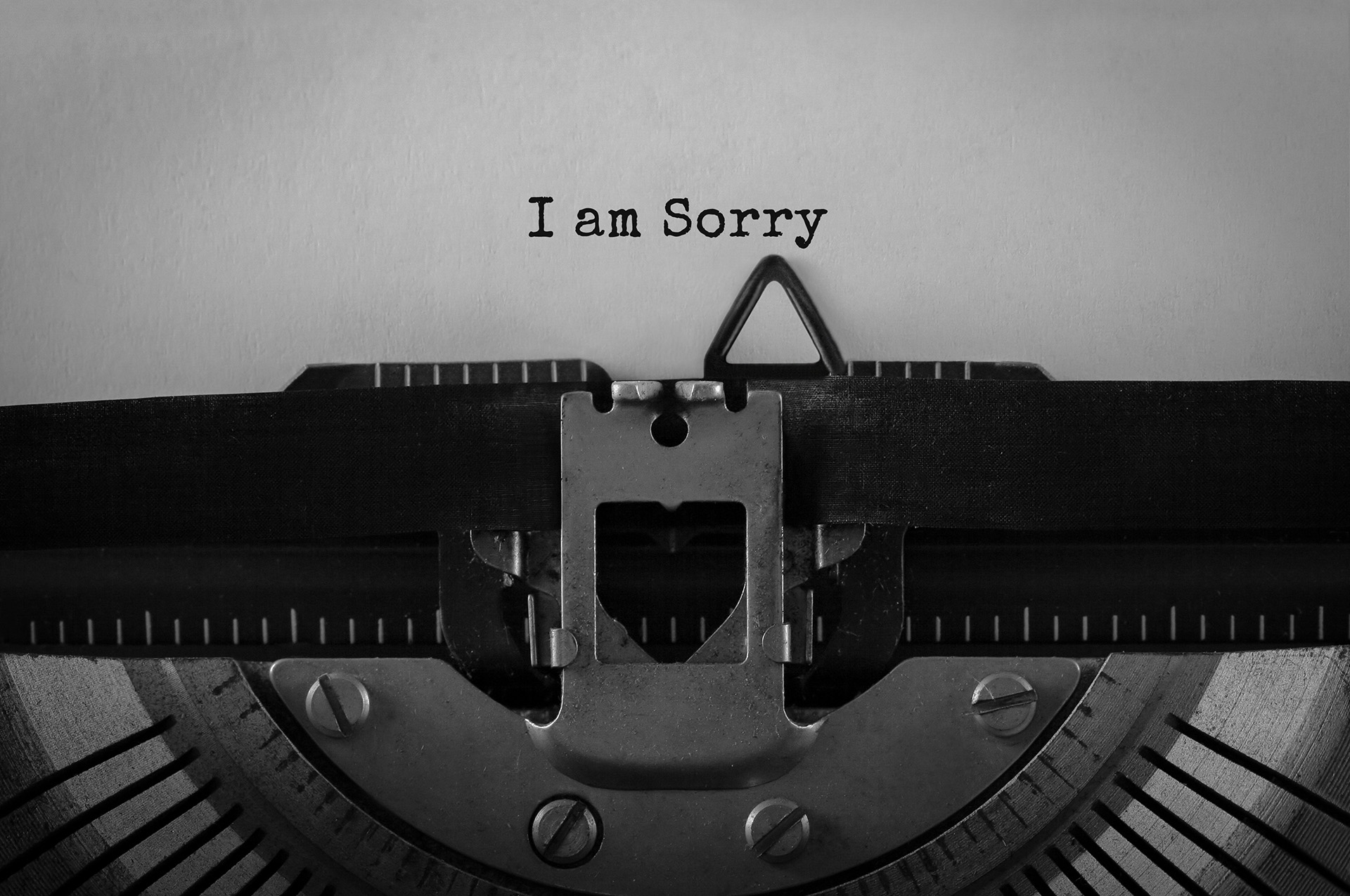While medication incidents that reach a patient tend to be rare in community pharmacies, they do occasionally happen. For most pharmacy professionals, patient harm is one of their greatest fears. Disclosing a medication incident to a patient or their loved one or agent is a difficult but necessary step to patient care that requires compassion and empathy.
In Manitoba, when a medication incident reaches a patient, the pharmacist or pharmacy manager must disclose[1] the incident to the patient (or their loved one or agent). Your pharmacy must have a written policy and procedure for disclosing medication incidents. A solid policy and procedure combined with staff training and/or role playing can mean the difference between maintaining a trusted relationship with the patient, and a rupture in the care relationship that could result in a complaint to the College of Pharmacists of Manitoba.
The proper disclosure of a medication incident can contribute many benefits to patients, loved ones, and the pharmacy professionals involved, including:
- Building a culture of safety through open, honest, and effective communication
- Healing for both pharmacy professionals and the patient and/or family involved
- Learning from mistakes to prevent recurrence through patient and pharmacy professionals’ input
What Makes a Good Apology?
A good apology can make patients feel validated and respected. Apologies should be genuine expressions of being sorry for what has happened, and they should include the words ‘I’m sorry.’ Your apology is also protected by Manitoba’s Apology Act meaning that an apology cannot be used against you in “courts, tribunals, arbitrations, disciplinary hearings, or civil litigation.”
Only a sincere apology is meaningful. According to the Canadian Disclosure Guidelines, the person making the apology should convey their sincerity through the words they choose and their non-verbal behaviours. A sincere apology should include, but is not limited to, the following:
- Your apology should include the words “I’m/we are sorry.”
- Be mindful of your body language and facial expression. Crossing your arms, for example, can be a non-verbal cue that you appear defensive and/or disinterested.
- Express empathy for the patient. It is critical to acknowledge the harm or potential harm to the patient and not to minimize the patient’s experience. While you may know or believe that there was little risk in the medication incident, the patient may be experiencing significant emotional distress and loss of trust in your pharmacy or the healthcare system because of the incident.
- Provide enough time for the patient to ask questions. Depending on the severity of the incident, the apology and disclosure process could take a few minutes, or it may require multiple arranged meetings or conversations.
- Give the patient your undivided attention. Make eye contact with the patient and reduce distractions. This could mean moving to a private area of the pharmacy if it is safe to do so.
- Consider the patient’s cultural and communication/language needs. If a patient has difficulty communicating because of visual, hearing, or cognitive impairment, or because they do not speak fluent English or French, appropriate supports may be needed for effective communication.
Using the Medication Incident and Near-Miss Event Practice Direction, Canadian Disclosure Guidelines, and CPhM’s Communication and Conflict Resolution resource, your pharmacy team should work together on an effective and standardized approach to disclosing and apologizing following a medication incident. Formalize the pharmacy’s approach with written policy and procedures and ongoing team training.
[1] https://cphm.ca/wp-content/uploads/Resource-Library/Practice-Directions-Standards/CPhM-Medication-Incident-Practice-Direction.pdf



